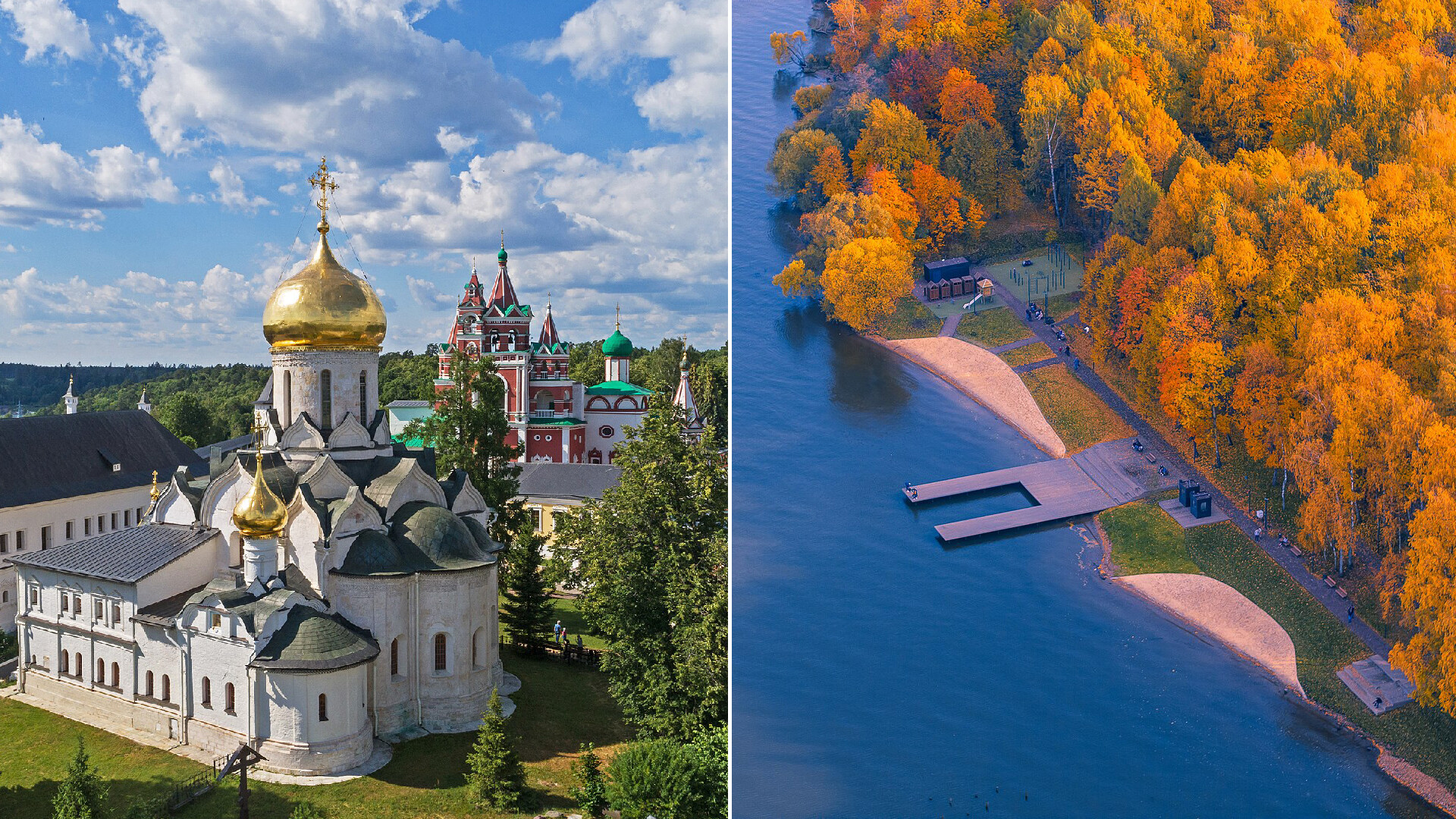
We recently wrote about the major sights of Moscow and its suburbs, which are easily accessible via the 'Moscow Central Diameters' lines. But, if you travel a little further, you'll discover no less excitement! There is a great deal to see and do in Moscow Region.
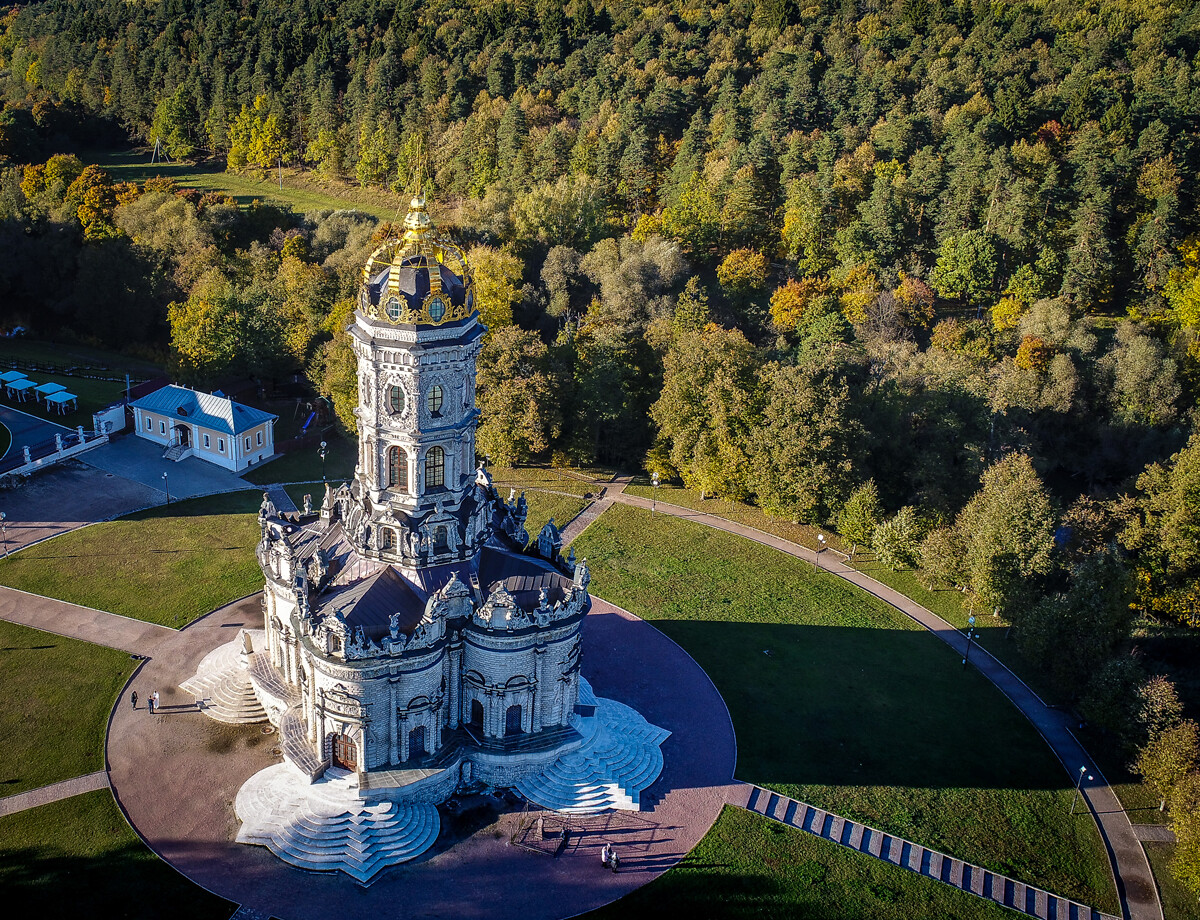
One of the most unusual Orthodox churches in the world is located in Podolsk near the estate of the same name. The entire estate once belonged to Prince Boris Golitsyn, an associate and tutor of Peter the Great.
The Church of Our Lady of the Sign (1690-1704) was built in the Baroque style and, according to historians, Italian architects had a hand in it. Their names still remain a mystery, however. The base of the church is shaped like an equal-pointed cross, with staircases running up on all the four sides, while the foundation and walls are decorated with carvings in the form of vines, shells and angels. Inside, the church is even more luxuriously decorated.
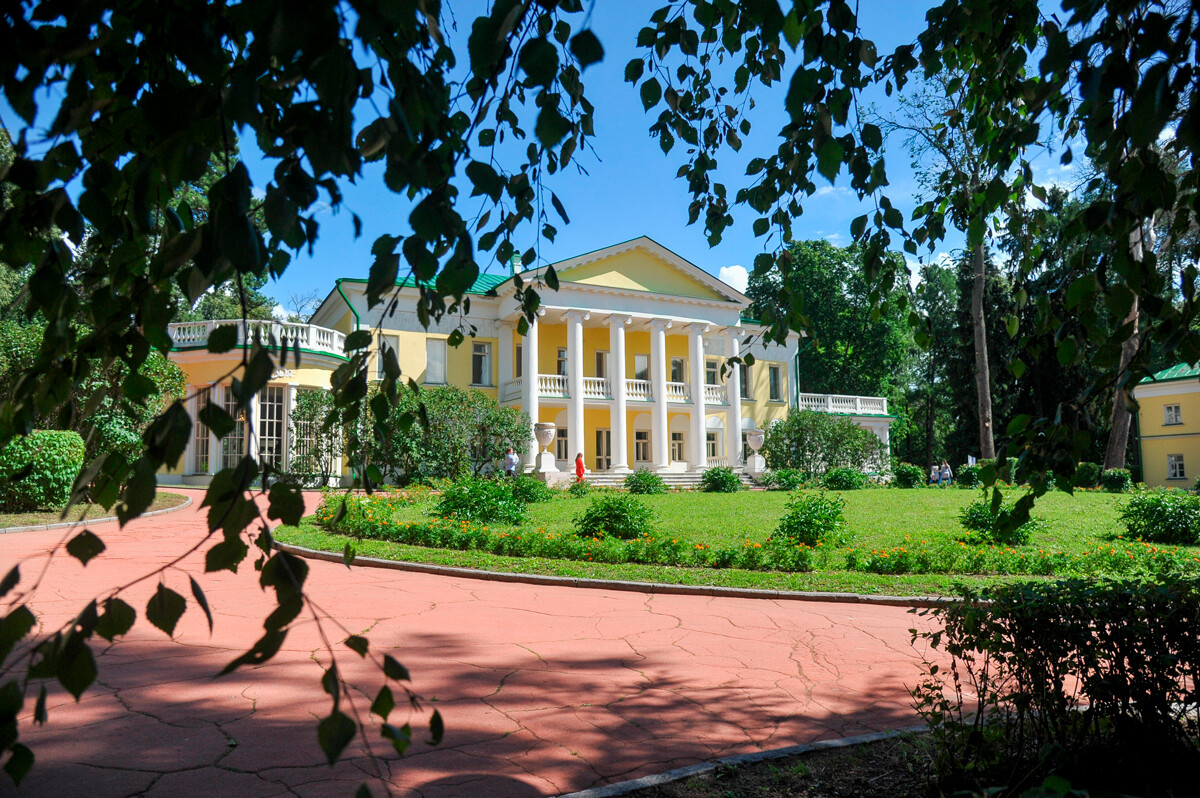
The last owner of the Gorki Estate was Zinaida Grigorievna, the widow of Savva Morozov, the largest manufacturer in the Russian Empire. She bought it already after his death and set up a modern farm there. In 1909, the estate already had steam heating, water supply, electricity and even exotic plants were grown in its greenhouses.
But, the estate only became of significance after the 1917 Bolshevik Revolution and ensuing nationalization. It was within these walls that Bolshevik leader Vladimir Lenin spent his last years of his life. His study, car and some personal belongings were preserved in Gorki.
A range of TV shows and feature movies were also filmed in these places. The remaining movie set scenery turned into a genuine movie town, in which you can walk around and explore.
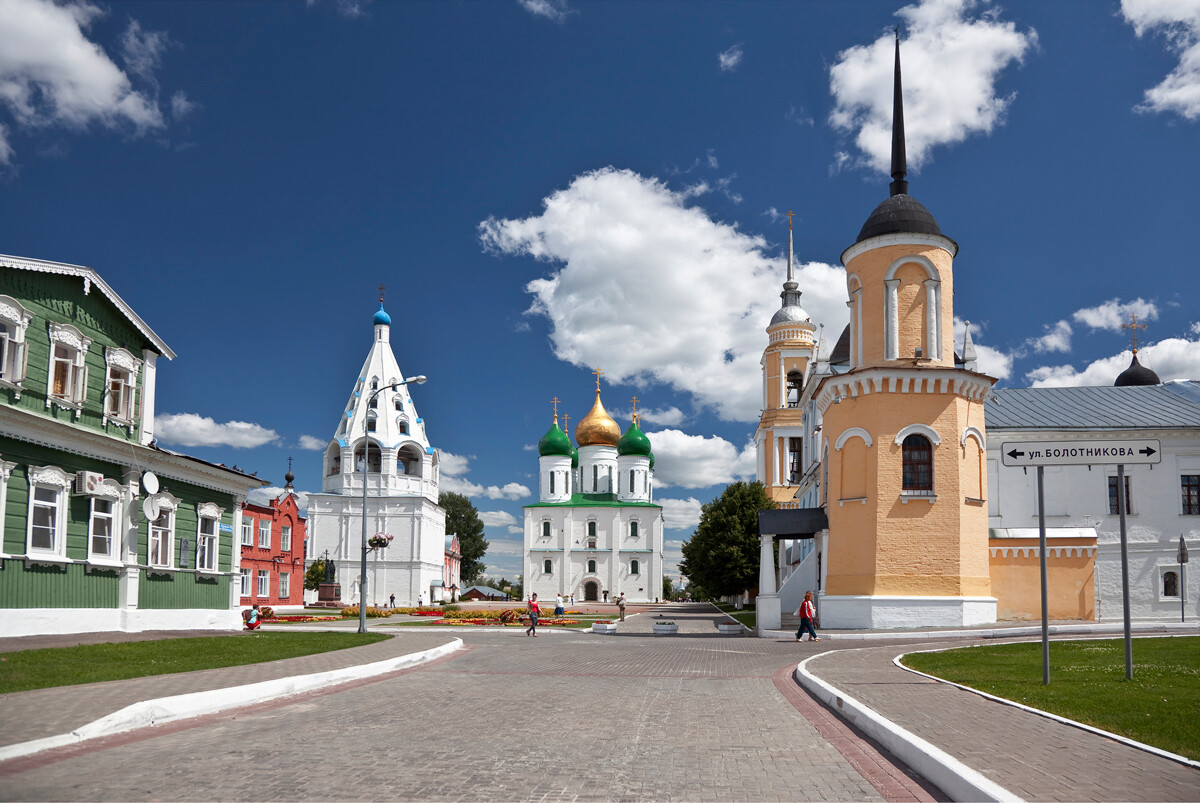
It is a real postcard merchant town! In its center there is a 16th century Kremlin with narrow cobbled streets, numerous stores with cute souvenirs and a kiosk with that kalach bread! As it is stated on the menu, there are kalach with and without goose meat. For those who want to master the art of baking, there are a number of workshops in the 'Kalachnaya' museum.
Kolomna is no less famous for its pastila (fruit marshmallow) made from local apples. There is no other place where you can find such a perfect variety of candy!
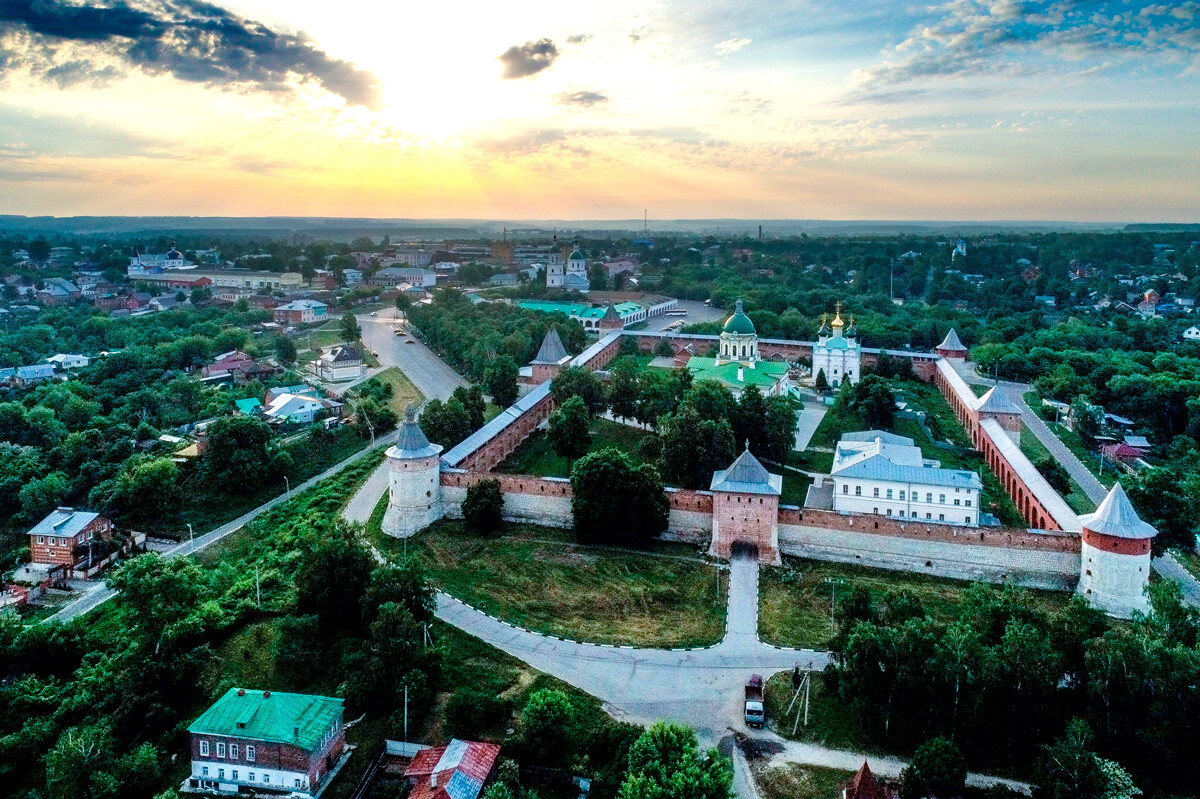
Kremlins were built in many regions of Russia, but most of them are located in Moscow Region. Nine such fortresses have survived to date, but the best preserved ones are in Kolomna and Zaraysk (there are also kremlins in Vereya, Volokolamsk, Mozhaisk, Zvenigorod, Dmitrov, Serpukhov and Ruza).
The Zaraysk Kremlin was built in 1528-1531 on the order of Vasily III to protect the southern borders of Moscow. During the ‘Time of Troubles’ (‘Smuta’), the governor of Zaraysk was Prince Dmitry Pozharsky, thanks to whose actions (among others) the city survived against the supporters of False Dmitry II.
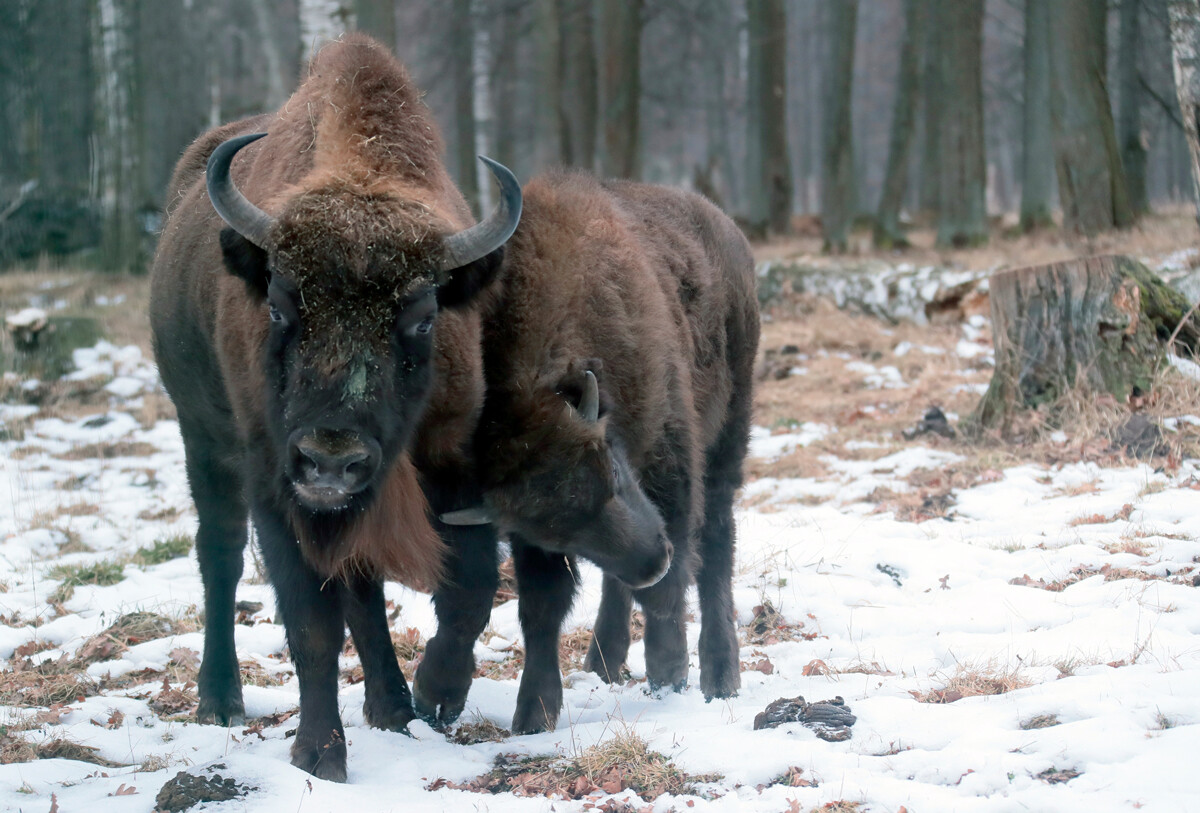
Not far from Serpukhov, you can get acquainted with these unique animals that once even roamed with mammoths. The Prioksko-Terrasny Nature Reserve has been restoring the bison ("zubr") population since the 1940s, returning them to their natural habitat.
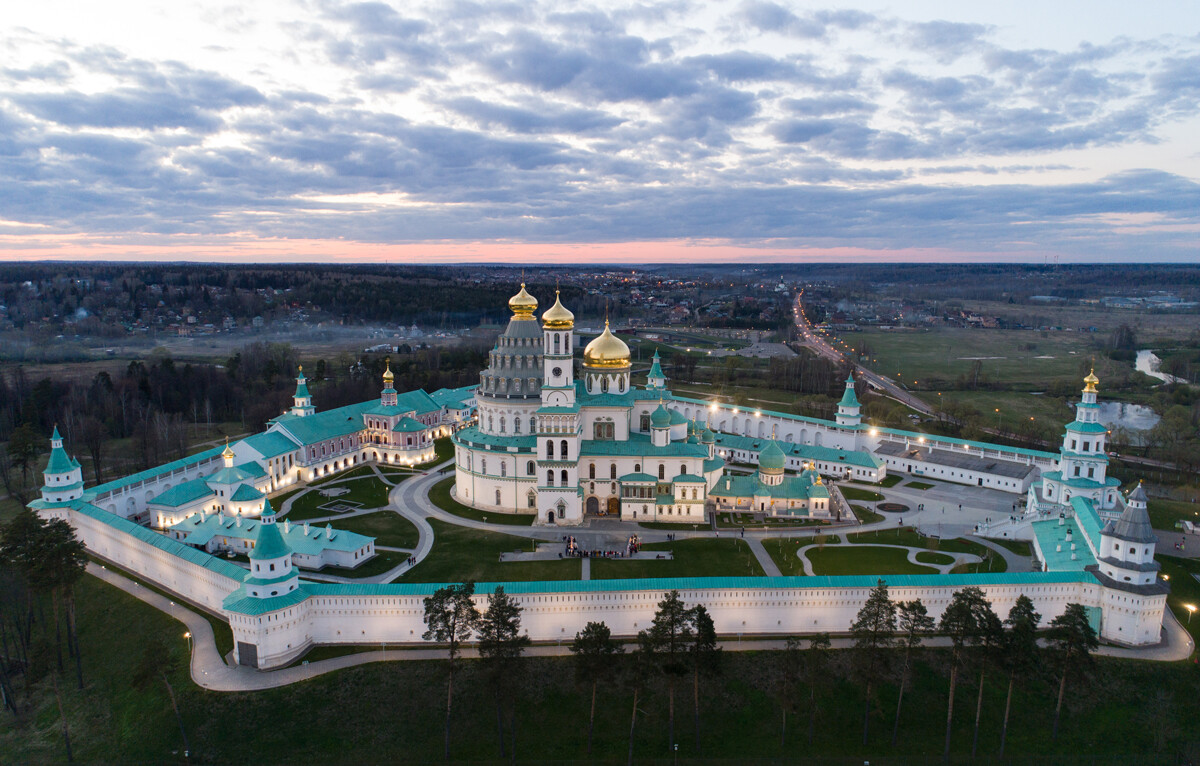
In the 17th century, Patriarch Nikon decided to build his own “Jerusalem”, not far from the town of Istra. The size of the New Jerusalem Monastery was to show the full power of the Orthodox Church.
It has its own Church of the Holy Sepulchre, as well as its own Golgotha and even the nearby Istra River was renamed ‘Jordan’ in that area.
Nearby, you can find one of the largest art museums in Russia – 'New Jerusalem', which boasts well over 180,000 exhibits!
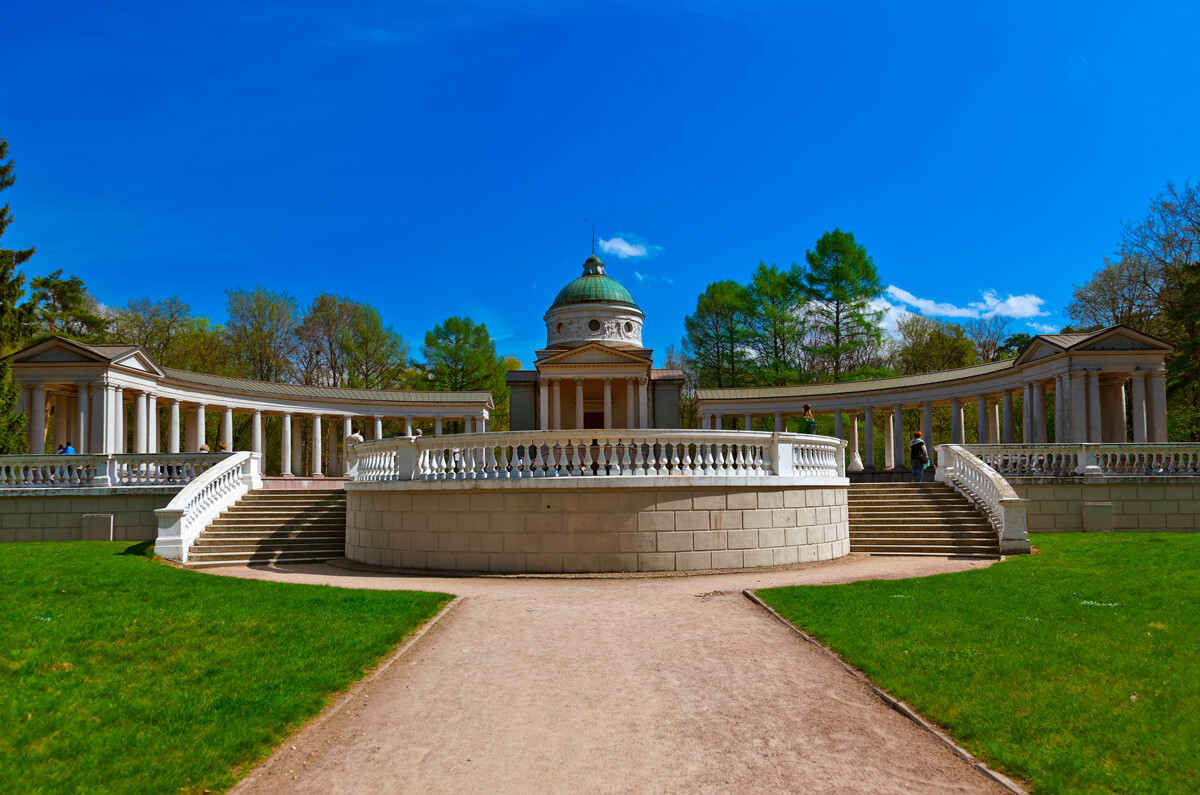
One can't help comparing this grand estate to Versailles. In terms of its decadence and pomp, it was not inferior to the royal French palaces. Over time, Arkhangelskoye changed quite a few owners. Throughout history, the estate was owned by the Sheremetev, Golitsyn, and Yusupov families. Today, it is a museum and reserve with a large park and a theater.

One of the oldest cities of Moscow Region (known since the middle of the 12th century), Zvenigorod is dubbed "Moscow Region's Switzerland". The surroundings there are really very picturesque: the spruce forests scattered along the valleys of the Storozhka River beckon you to have a stroll around.
The name of the town (derived from the word ‘zvonit’, ‘to ring’) is often associated with its defensive significance: it is believed that soldiers on the fortress towers would warn the inhabitants of approaching enemies.
You can also visit the preserved white-stone Savva-Storozhevsky Monastery, founded in 1398 by monk Savva, a follower of Sergius of Radonezh.

If you can't decide between walking in the woods or modern art, this is the right place to go. The new park is located near Razdory (Odintsovo) train station, where you will find art objects waiting for you in the most unobvious places. Inscriptions on trees, moonlight on a lawn, nets in the forest. Walking through the park, you will, every now and then, bump into other people just as surprised to see yet another work of art along their way.
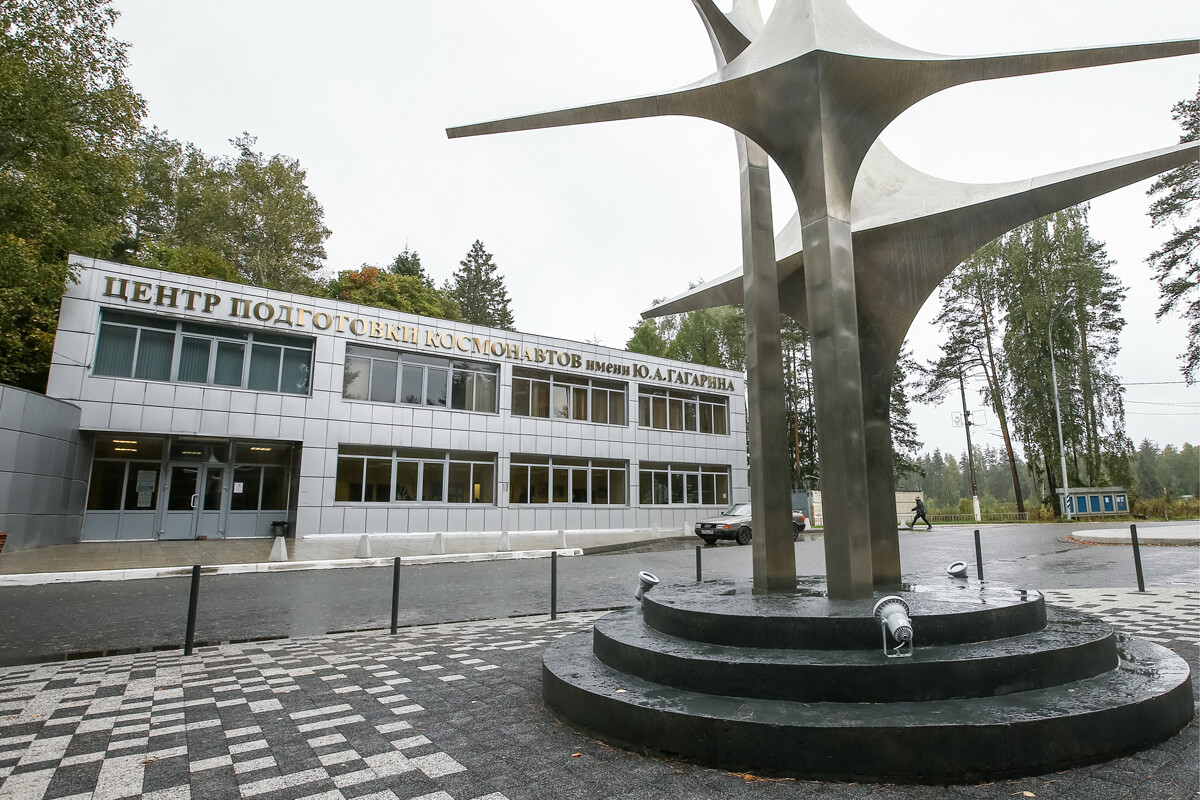
To learn how astronauts prepare for flights to the ISS and what discoveries they make in space, you can visit the Cosmonaut Training Center in Zvyozdny Gorodok aka Star City (Shchelkovsky District). Simulators, centrifuges, spacesuits, as well as models of spaceships are on display there. It is a closed city, however, which means you can't just go there. You have to sign up for an official excursion 21 working days in advance. If you are a foreigner – 45 working days prior to the date.

The Central Museum of the Russian Air Force showcases rare military and civilian airplanes from different epochs. Among the most interesting exhibits are the Soviet Tu-144 supersonic passenger airplane, the super-heavy B-12 transport helicopter and a BOR-5 aircraft that returned from space. But, of course, there are many others!
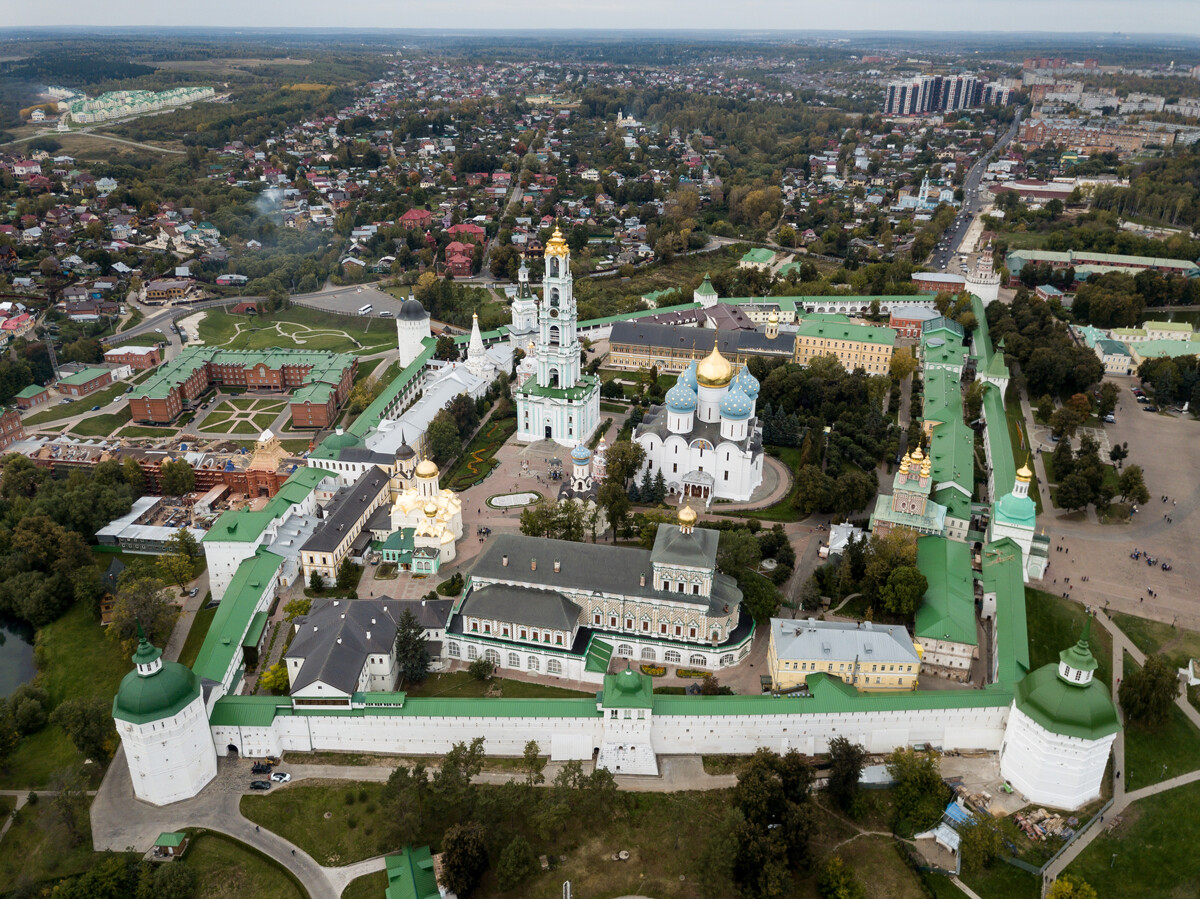
The walking trail from Moscow to The Trinity Lavra of St. Sergius in Sergiev Posad is one of the most unusual tourist routes in Russia. It is the successor of the historical road to St. Sergius of Radonezh. The length of the trail is 120 kilometers, if counted from the Moscow Kremlin. It passes through the Abramtsevo and Muranovo museums, as well as the Radonezh and Khotkovo villages. You don’t have to walk the whole trail and can traverse small sections of several kilometers instead.
Of course, you can also get to Sergiev Posad, where the Lavra is located, by train and bus. In addition to the monastery, there is a famous toy museum in the town. It is believed that it was there that the first Russian matryoshka doll was made.
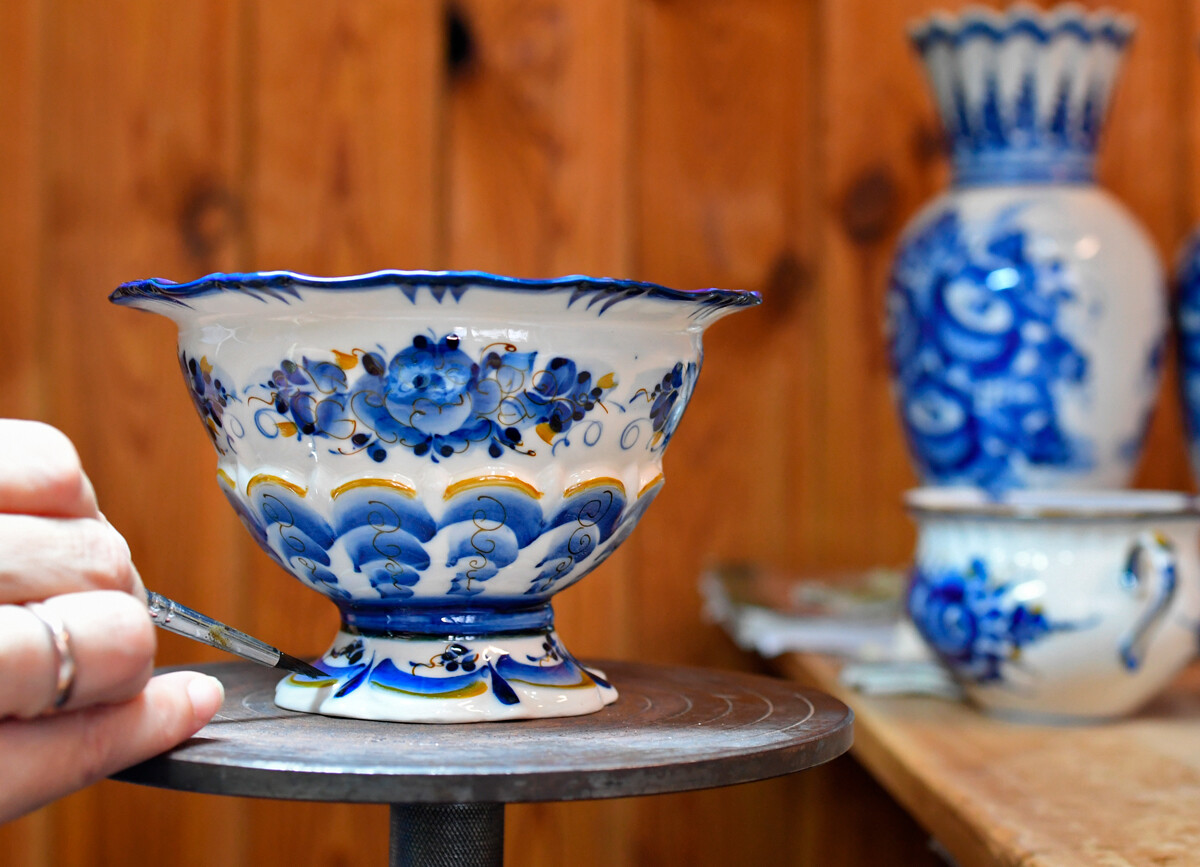
Moscow Region is the birthplace of quite a few Russian art crafts that have since gained popularity around the world. One of them is the blue-and-white-painted Gzhel ceramics (Ramensky district). It turns out that there was exceptionally good quality clay surrounding the village of Gzhel, which was used to make bricks, pipes, tiles and even toys. But, most importantly, beautifully painted dishes with birds and flowers. You can also try your hand at pottery while on an excursion around the Gzhel Porcelain Factory!
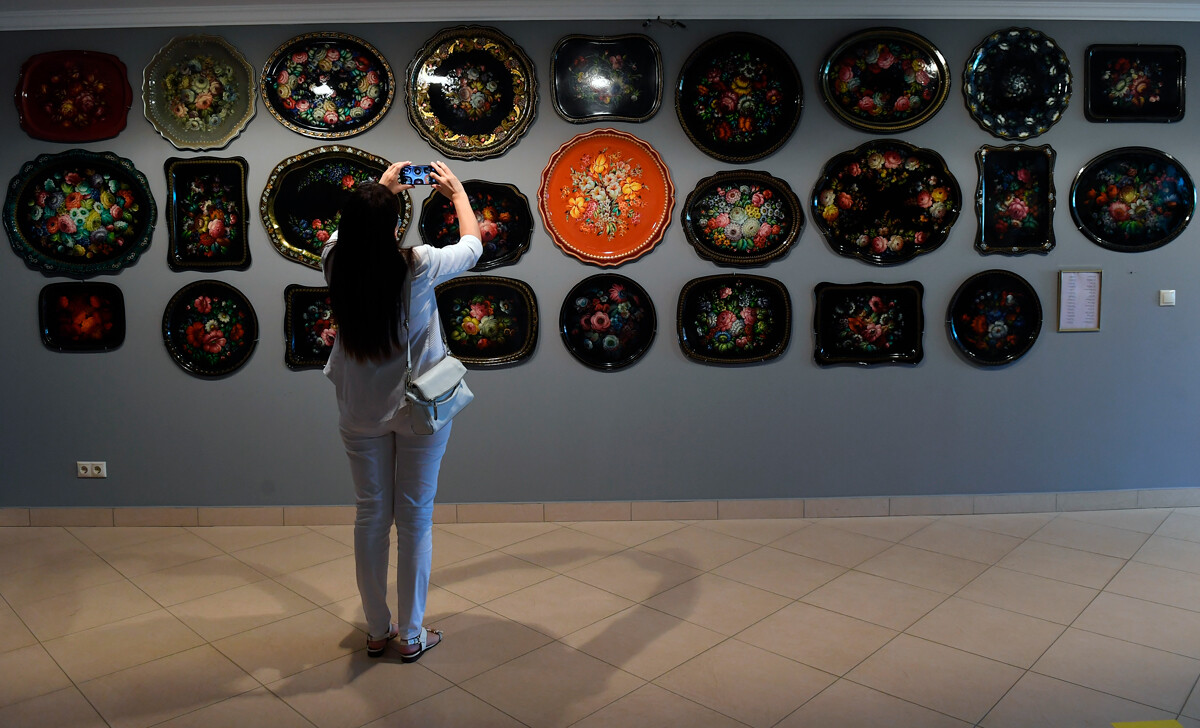
The famous Zhostovo trays originate from the 19th century in the village of Zhostovo (Mytishchi urban district). The trays, on which bright flowers blossom, cannot be mistaken for anything else! At the factory, you will see the whole manufacturing process, while in the museum – the most unusual items produced there!
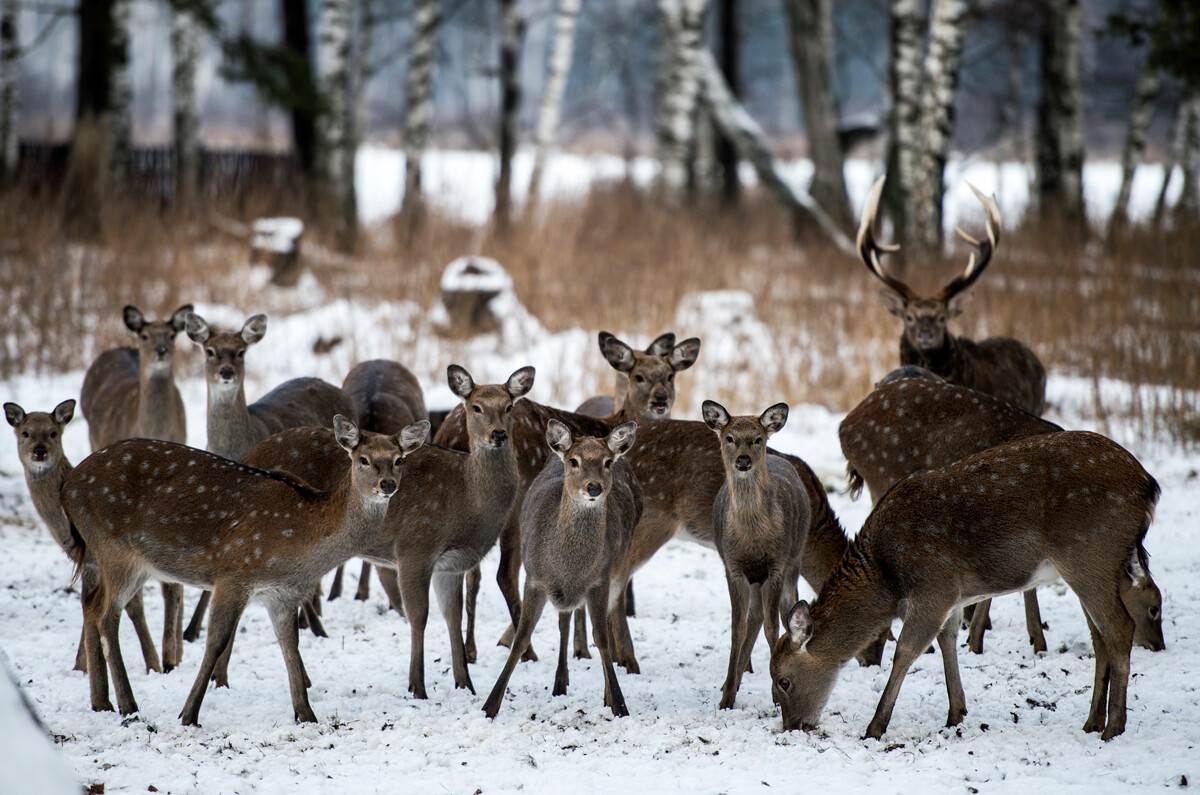
The Moose Island (Losiny Ostrov) National Park occupies a huge territory in the north-east of Moscow and Moscow Region. It is there, at the biostation in the Mytishchi urban district, that you can get closer acquainted with the moose, the master of the forest. Wild red deer and spotted deer also live there. You can walk around the territory on your own or go on an excursion group.
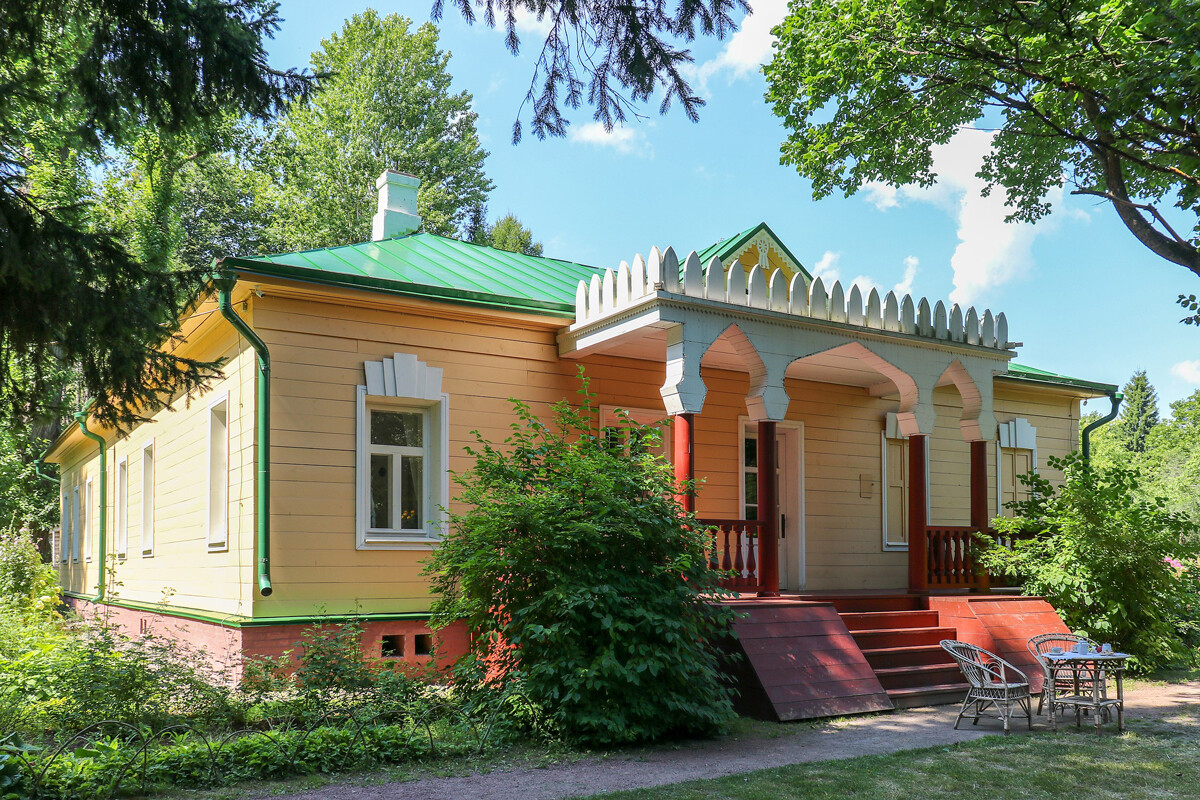
The estate still cherishes the memory of famous Russian writer Anton Chekhov, who lived there in 1892-1899. The literary museum near the city of Chekhov appeared in 1941 and his relatives helped collect exhibits for it, including the writer's personal belongings.
Melikhovo, meanwhile, also hosts theatrical and literary events, exhibitions and concerts.
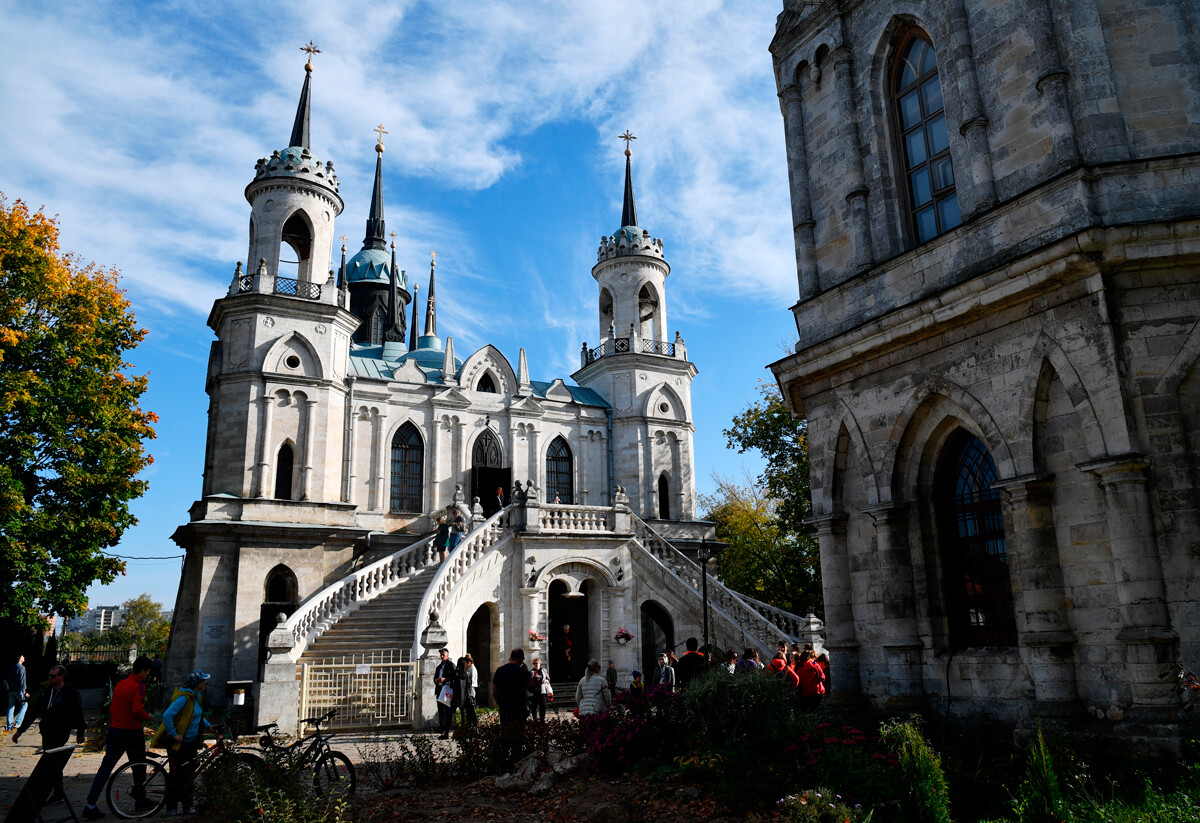
Lost somewhere in the Ramenskiy urban district is the beautiful Bykovo Estate, built in the Neo-Gothic style in the late 18th century. Near it, there is Vladimirskaya Church, reminiscent of a fairy-tale palace. The project is attributed to Vasily Bazhenov, who was also the architect of the palace in Moscow's Tsaritsyno park.
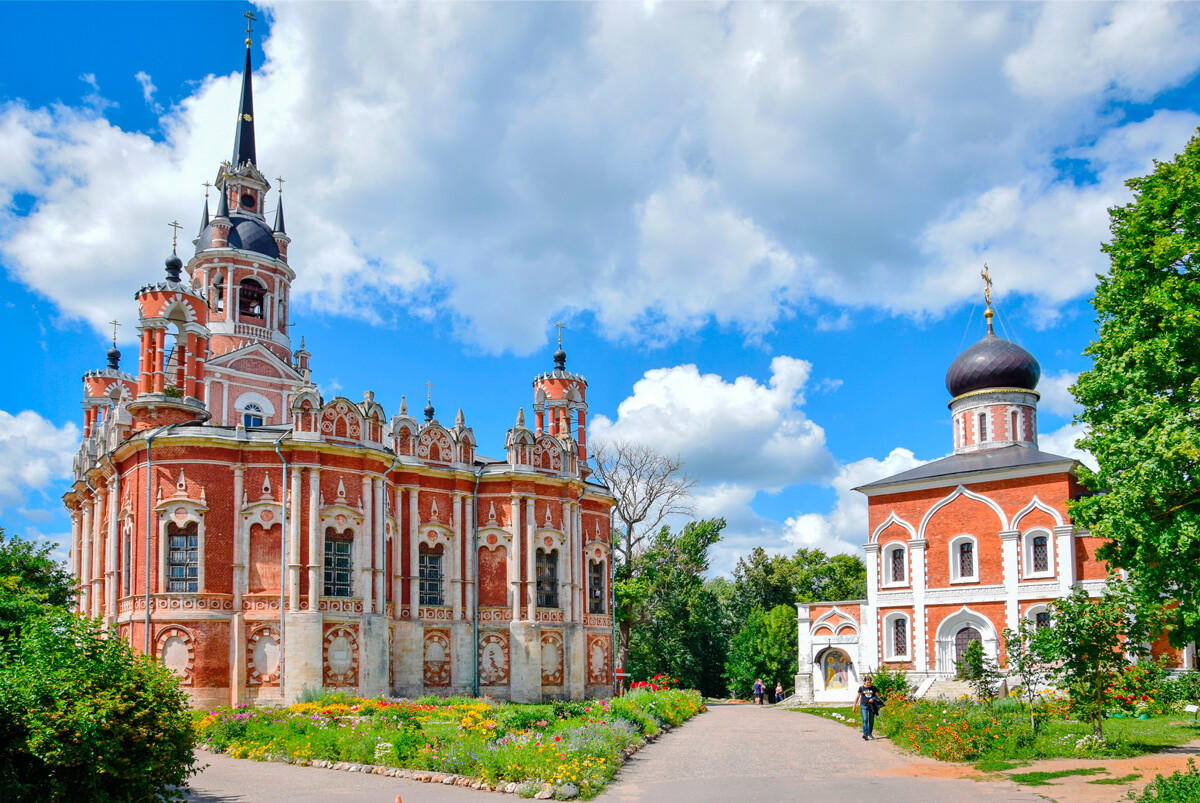
The best views of the city are from the hilltop of the Mozhaisk Kremlin. The center of Mozhaisk has preserved its historic layout dating to the 18th century and will be of interest to those who want to get a closer look at the historical settlements of Moscow Region. Not far from the city is the Borodino Field Museum and Reserve, as well as the historic Borodino railway station.
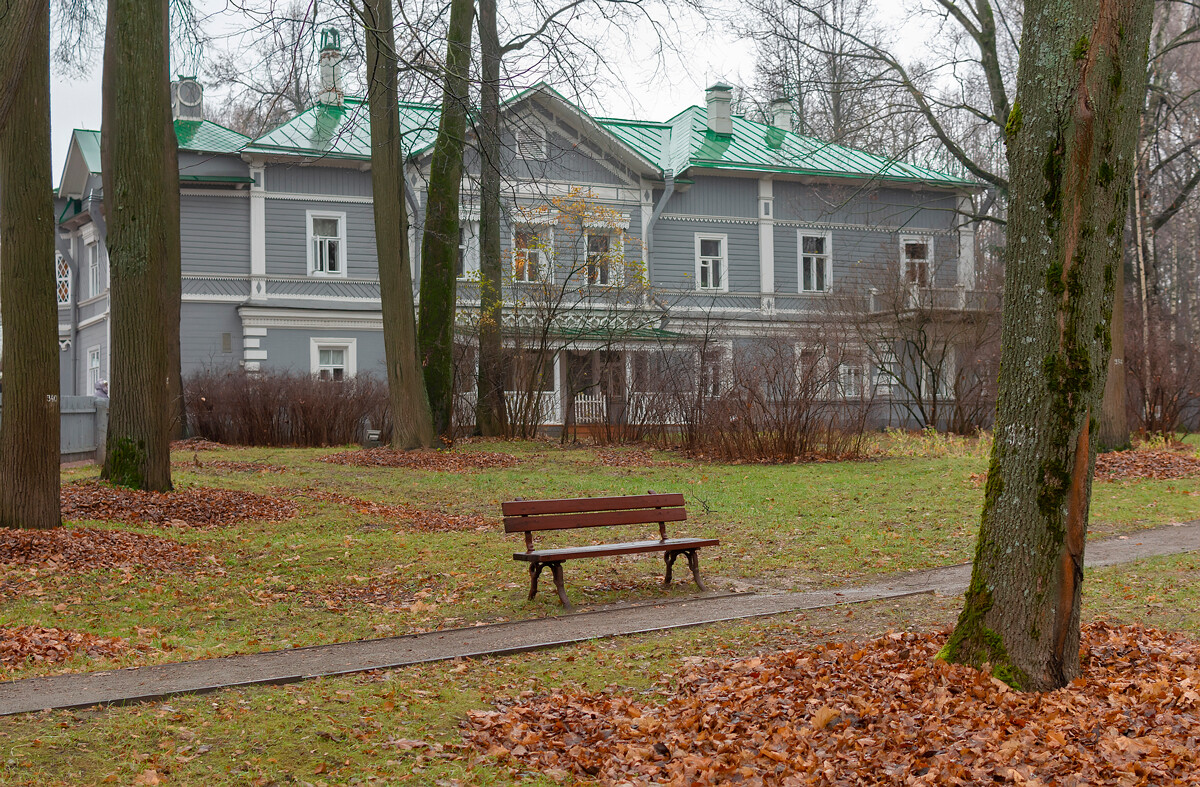
The composer rented the house in Klin in the last two years of his life and, in 1894, a year after his death, a memorial museum was opened there. It houses Tchaikovsky's personal belongings, his books, as well as his cabinet piano – and everything is fully preserved.

This is a water reservoir that was constructed in Solnechnogorsky District two centuries ago to feed the channel between the rivers Istra and Sestra. The places are very picturesque and it was this lake that Isaac Levitan dedicated his painting to in 1898.
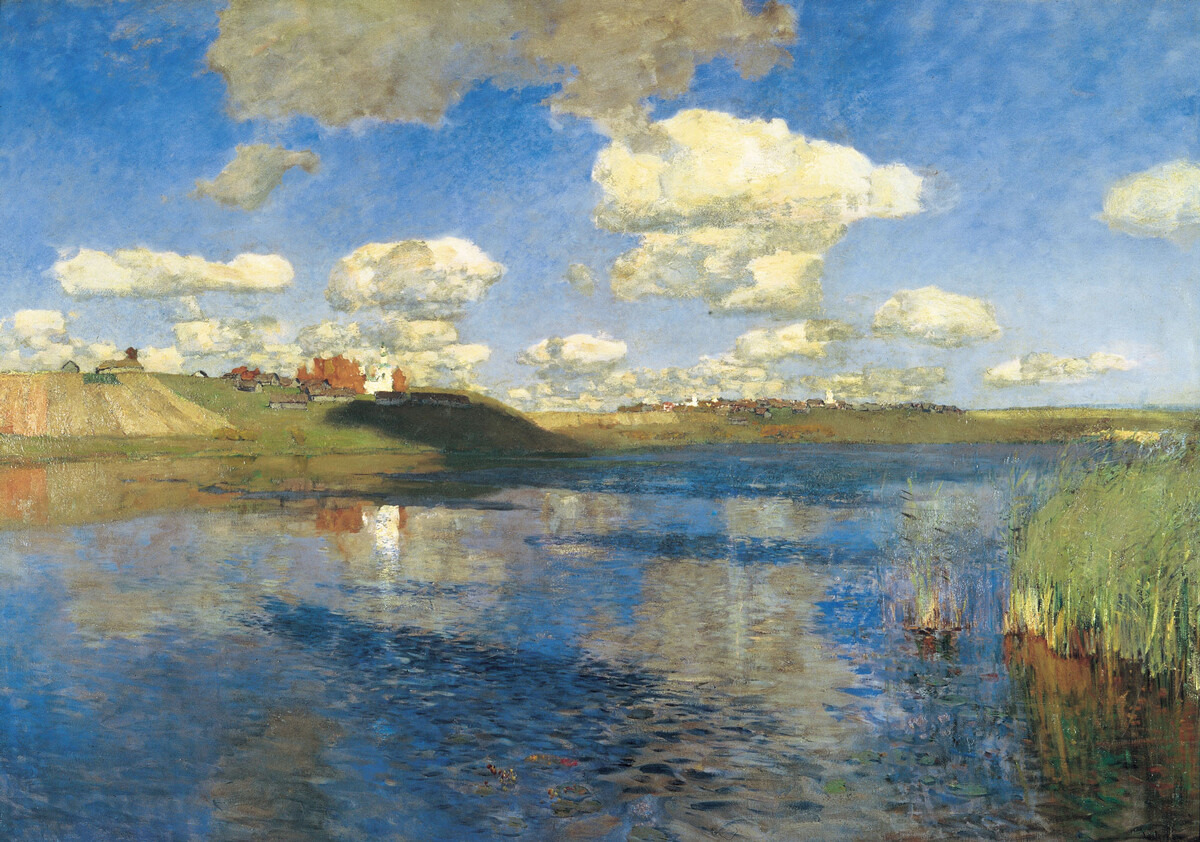
The lake. Rus. 1900, Isaac Levitan.
Russian MuseumIn summer, you can swim and sunbathe on the beach and, in cold weather, you can visit the 'Putevoy Palace' museum center and learn more about what Moscow province life of the 18th century was like.
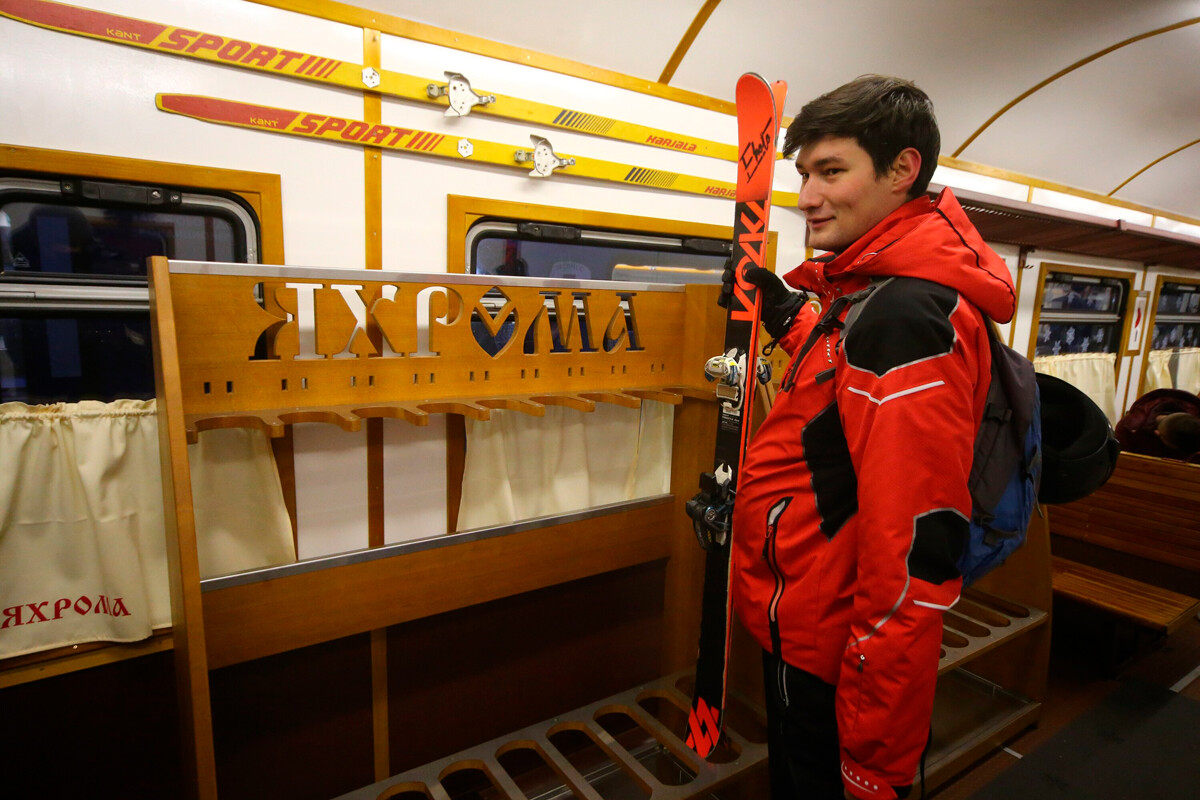
In the winter season, there is a ski slope in Yakhroma (Dmitrovsky district). Naturally, the mountains in the vicinity of Moscow are not the highest, however, the journey to the ski base will appeal even to those who aren’t sports enthusiasts. There is a themed 1980s retro train, complete with wooden benches, running between Savelovsky Station and Yakhroma . Also, ‘Ikarus’ retro buses operate between Yakhroma station and 'Sorochany', 'Volen' and 'Yakhroma' resorts.
Dear readers,
Our website and social media accounts are under threat of being restricted or banned, due to the current circumstances. So, to keep up with our latest content, simply do the following:
If using any of Russia Beyond's content, partly or in full, always provide an active hyperlink to the original material.
Subscribe
to our newsletter!
Get the week's best stories straight to your inbox